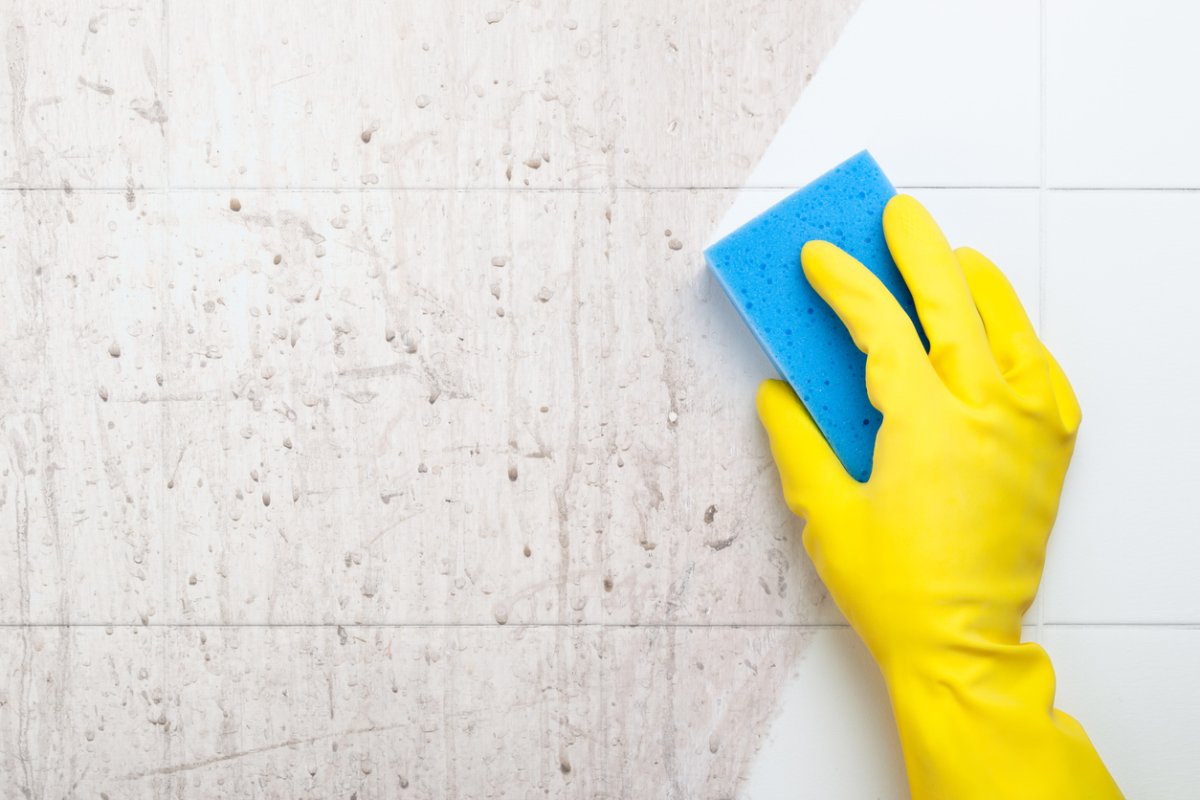

We may earn revenue from the products available on this page and participate in affiliate programs. Learn More ›
The flowers are blooming and the sun is shining—which means it’s the perfect time to open the windows and clear out neglected corners. A thorough spring cleaning will not only offer a cosmetic refresh, but it can also improve the home’s functionality. From outside to inside and upstairs to downstairs, sometimes it can feel like there are endless tasks to tackle. This list will make it easier by providing answers to your most pressing questions about home maintenance.
Q: How do I make homemade window cleaner?
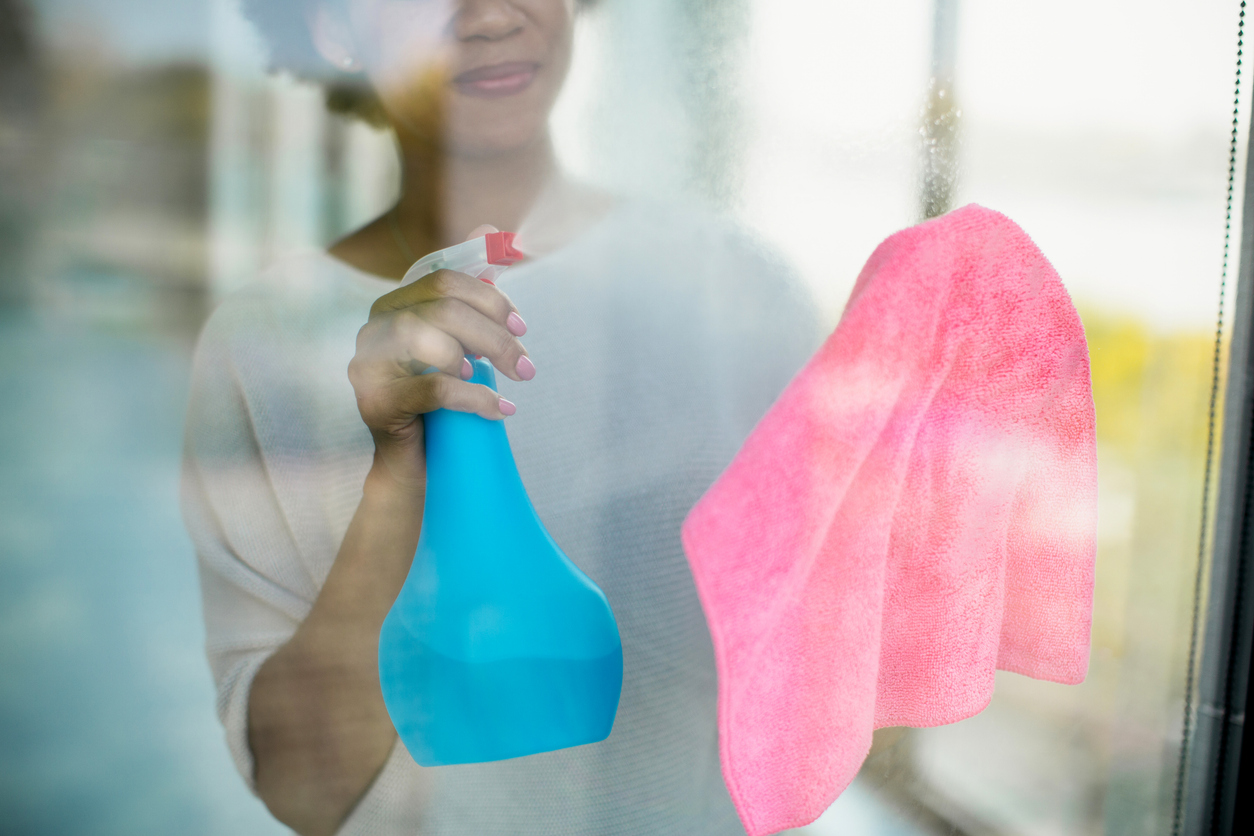
A: Making a mixture for cleaning windows and glass surfaces is simple. All that’s needed to get started is a spray bottle, water, white vinegar or lemon juice, liquid dish soap, and essential oils for those who prefer a scent. Simply mix the ingredients and add warm water. Learn more about how to make homemade window cleaner with our detailed guide.
Q: Why does my washing machine smell so bad?
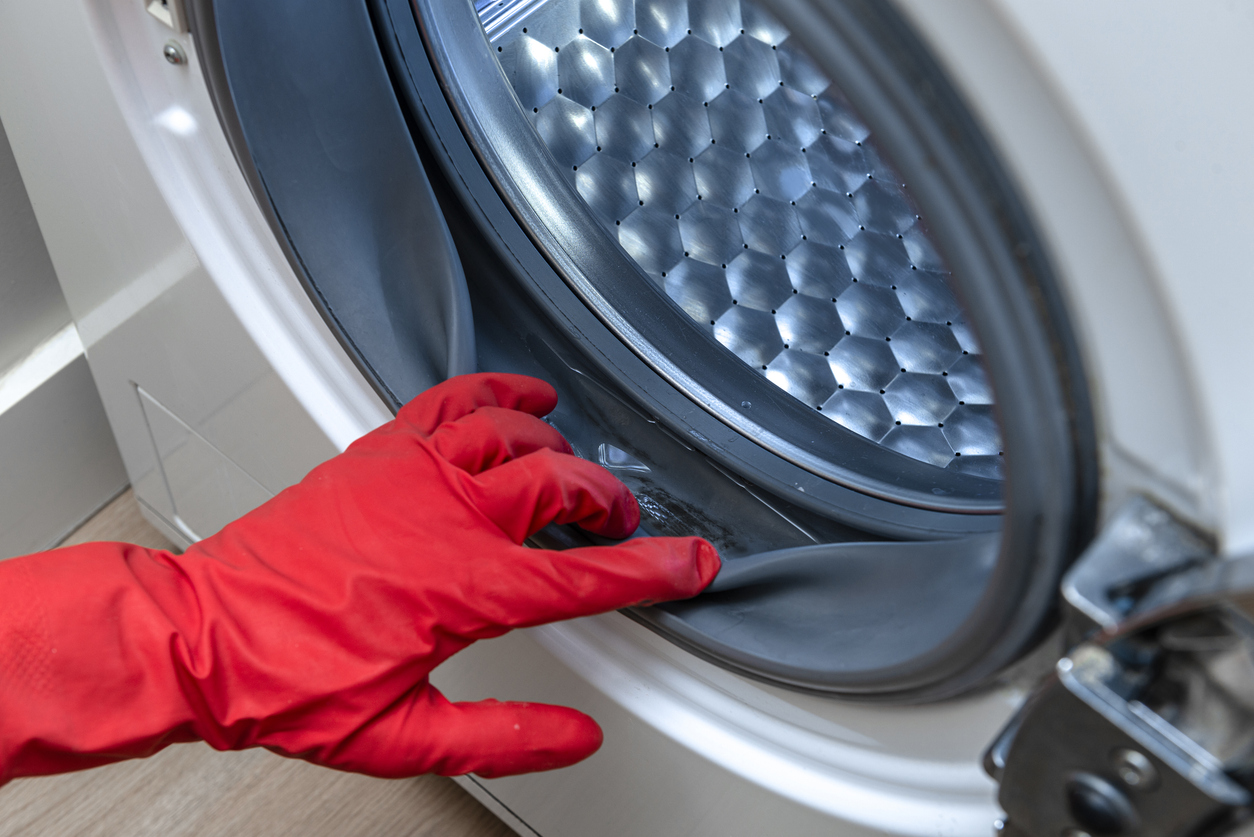
A: When the washing machine smells worse than the dirty clothes inside, it’s time for a cleaning. Laundry appliances can have a bad smell due to the buildup of mold, mildew, and bacteria spurred by a humid environment. Over time, soap, scum, dirt, body oil, and hair can get trapped inside crevices and start emanating an offensive odor. We’ve broken it down into a simple four-step process to restore the washer’s fresh scent. All that’s needed to get started is an old toothbrush, bleach, and vinegar.
Q: How do you seal grout so that it stays clean?
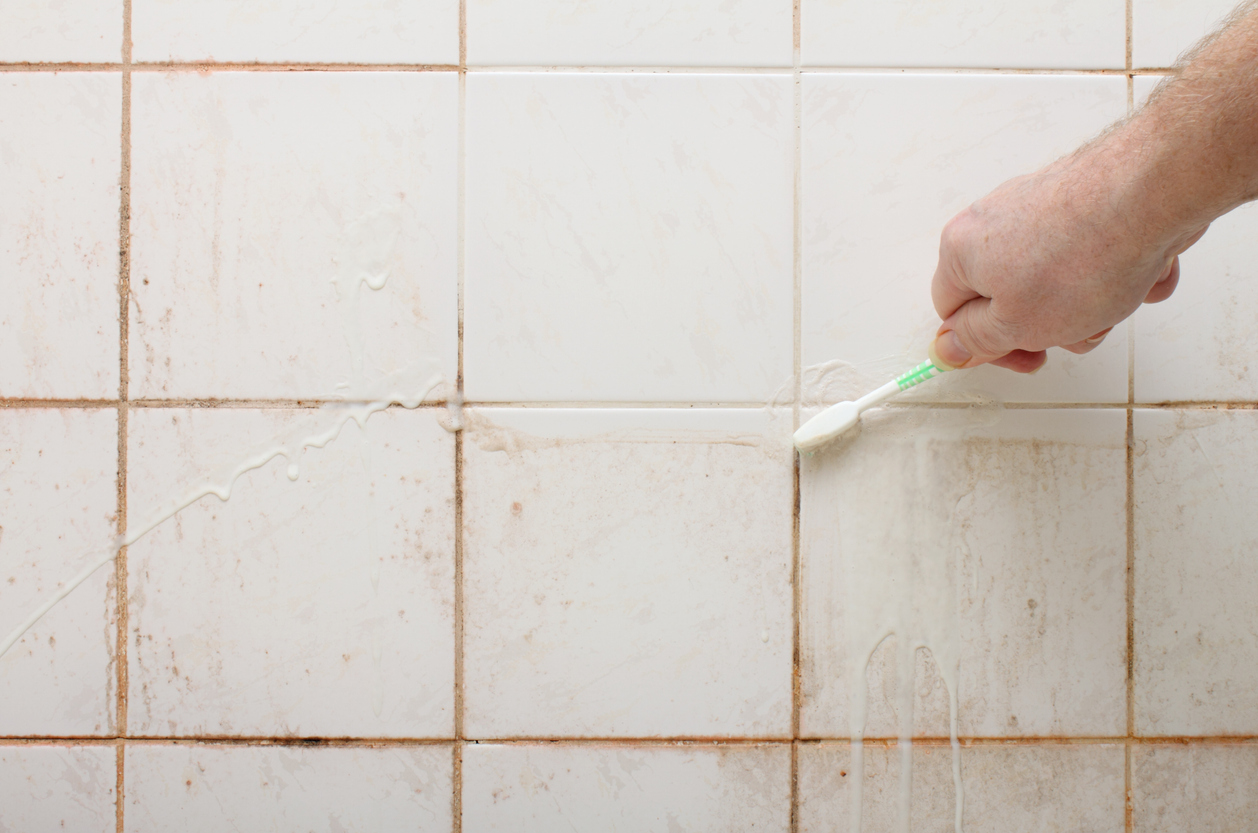
A: No matter how often it’s cleaned, grout is porous and can become discolored over time. Sealing grout can prevent stains by creating an added barrier. Follow these steps to get the job done:
- Clean and repair the grout, fixing cracks and crumbles.
- Scrub away grime with a toothbrush dipped in soapy water or a 50-50 vinegar-water solution for stains.
- Choose the proper grout sealer and applicator for the project.
- Use a foam sponge or brush to apply the sealer to the grout lines and slowly wipe off the excess after 10 minutes.
- Apply a second coat of the sealer an hour after the first.
- Test the sealer by applying a few drops of water to it.
- Reapply another coat if the water doesn’t bead into droplets.
- Follow the manufacturer’s directions on how long it will need to cure before use.
Q: How do I descale my Keurig coffee maker?

A: It’s inevitable for limescale to build up on a heated appliance where hot water evaporates. Not only does this buildup of calcium carbonate look unappetizing, but it can also cause coffee to taste bitter and, if left for too long, damage the machine. Follow these quick steps to keep enjoying that morning brew and descale your Keurig:
- Thoroughly clean all the parts of the coffee maker.
- Next, fill the reservoir with a commercial descaling solution or vinegar-based solution.
- Turn on the machine and run a cycle through with the solution
- Flush the reserve with fresh water.
- Rinse and dry the reserve.
Q: What do I do when my toilet won’t flush?
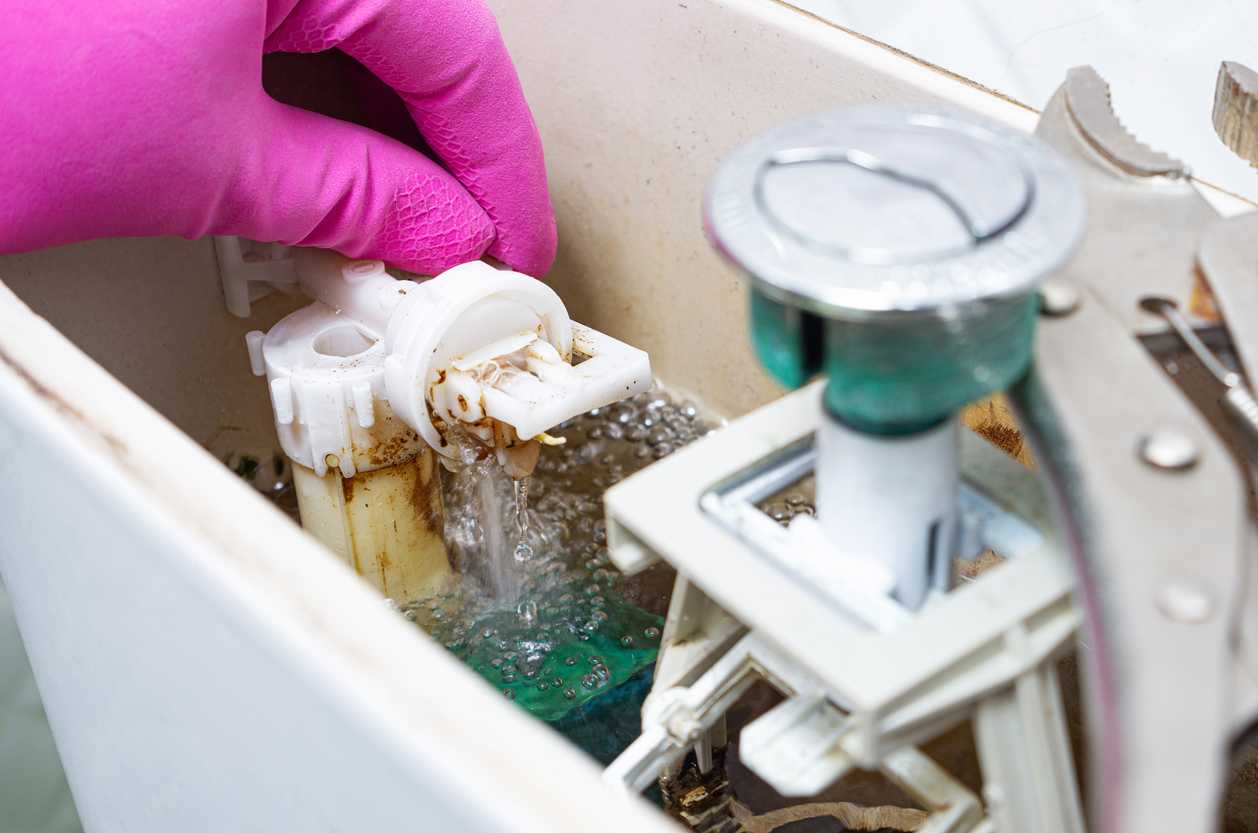
A: It happens to everyone at some point—the toilet handle moves freely but doesn’t instigate a flush. Before calling the plumber to fix your toilet, check these five things:
- Turn on the faucet to determine whether the house still has proper water flow.
- Make sure the water valve wasn’t accidentally shut off during cleaning.
- Check for a clogged pipe by plunging the toilet.
- Examine the toilet flapper, which is located in the tank. It is often red and looks like an inflated balloon.
- Adjust the lift chain inside the tank to ensure it’s connected properly to trigger a flush.
Q: How do I clean my gutters?
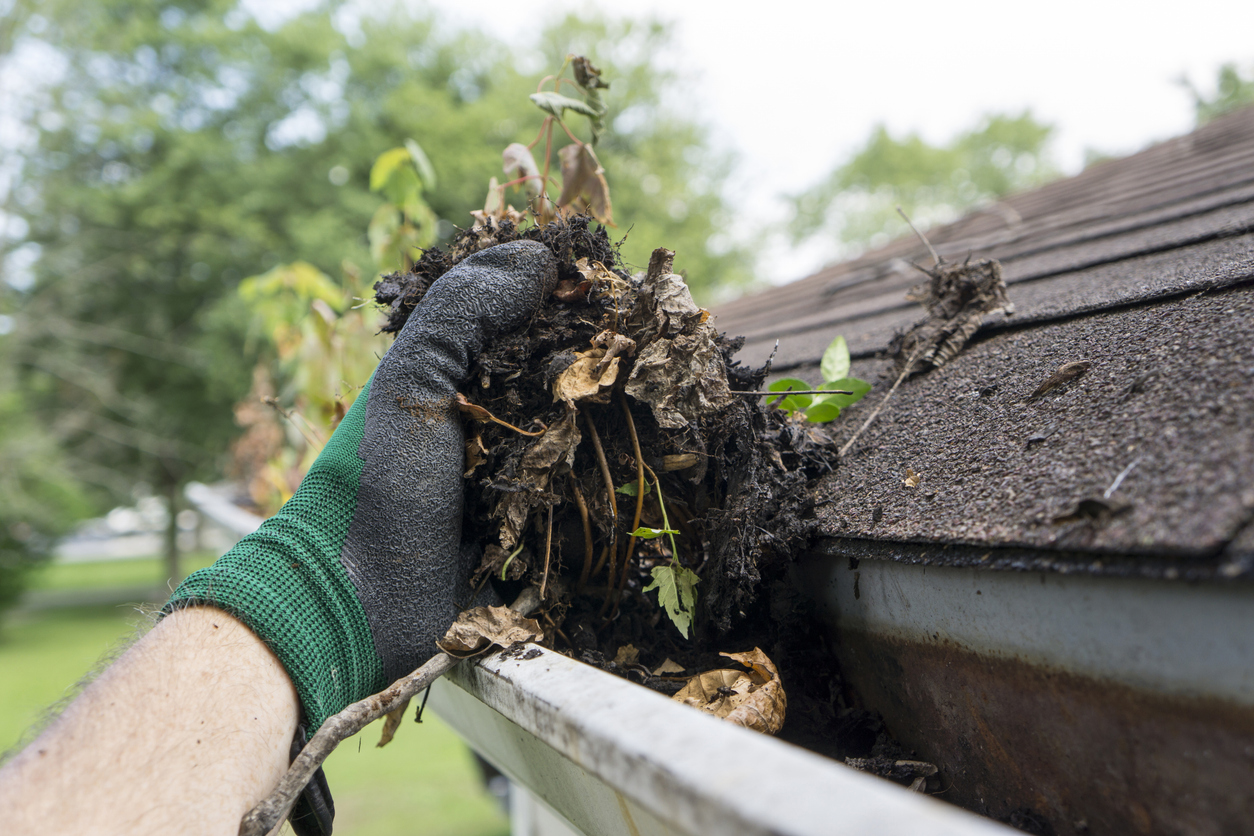
A: It’s easy to put off cleaning gutters, but putting off this necessary task can lead to clogged gutters and misdirected water runoff, resulting in water damage under the roofing and inside the home. There are a few ways to make cleaning gutters easier:
- If clogging isn’t an issue, try a garden hose connected to an extension pole for reach.
- When debris is an issue, utilize a hose extension attached to a wet/dry vacuum before flushing it with a hose.
- Using a ladder with a leaf blower or power washer.
Q: What can I do if my sink is taking a long time to drain?
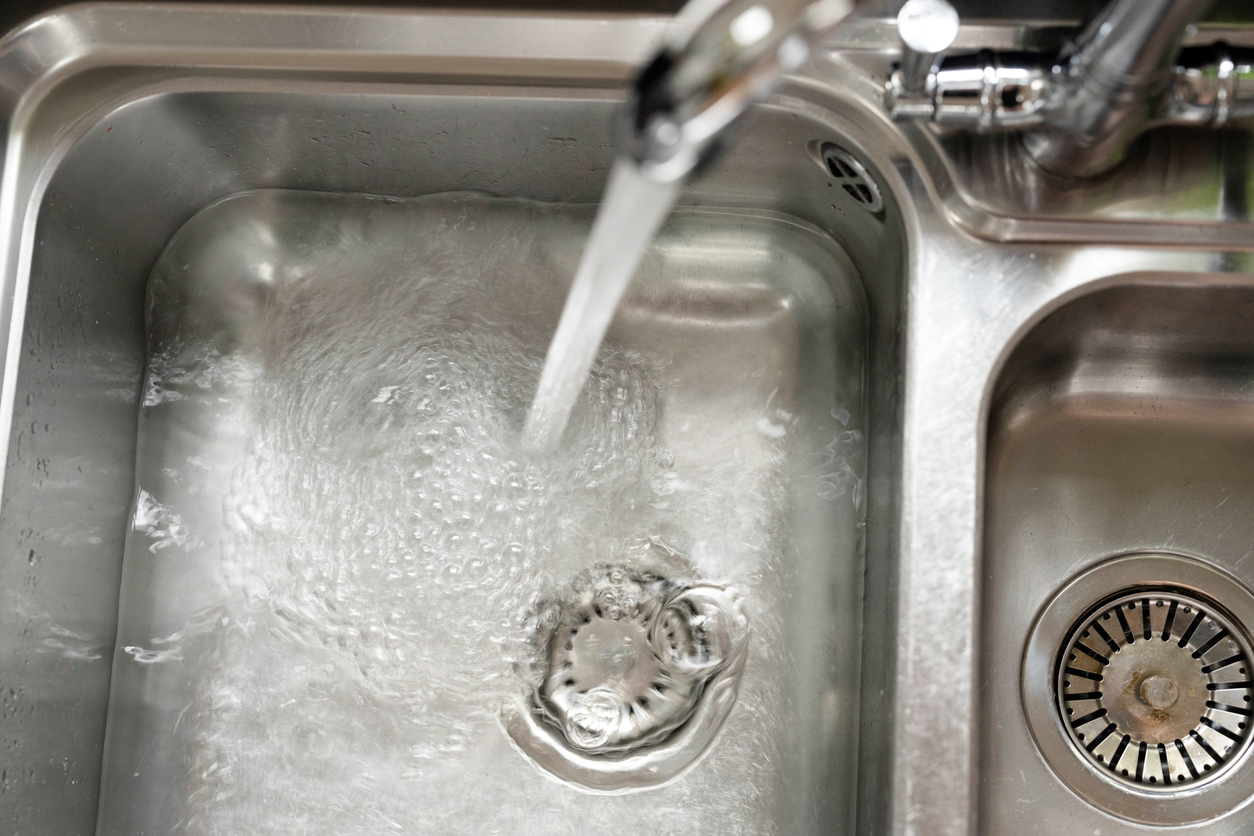
A: If it takes water a long time to drain after use, there is probably a partial clog due to an accumulation of soap scum, hair, and grooming products. Before reaching for the harsh chemicals, try these troubleshooting tips:
- Clean the metal stopper of any caught debris and sticky products
- Dissolve the sludge by pouring ½ cup of baking soda into the drain, followed by ½ cup of white vinegar.
- Cover the drain with a rag and let it sit for 15 minutes.
- Pour a kettle’s worth of boiling water down the drain and run the hot water for several minutes.
If your sink is still draining slowly, do a deeper dive and consider hiring a pro to fix the issue.
Q: How can I get rid of mold on my windowsills?

A: Mold not only looks unsightly, but it can negatively affect the home’s air quality. To banish mold from window sills, follow these steps:
- Since mold grows in moist environments, check for leaks or condensation around the window frame.
- If this is the culprit, fix or replace the window to prevent mold from reappearing.
- Clean the mold with a household cleaner or vinegar solution.
- If the mold seems to be spreading and black mold is suspected, call in a mold expert for assessment.
- Check the roofs and gutters for proper drainage.
- Reduce humidity by increasing airflow with a fan or dehumidifier.
Q: What’s the best way to clean grout?
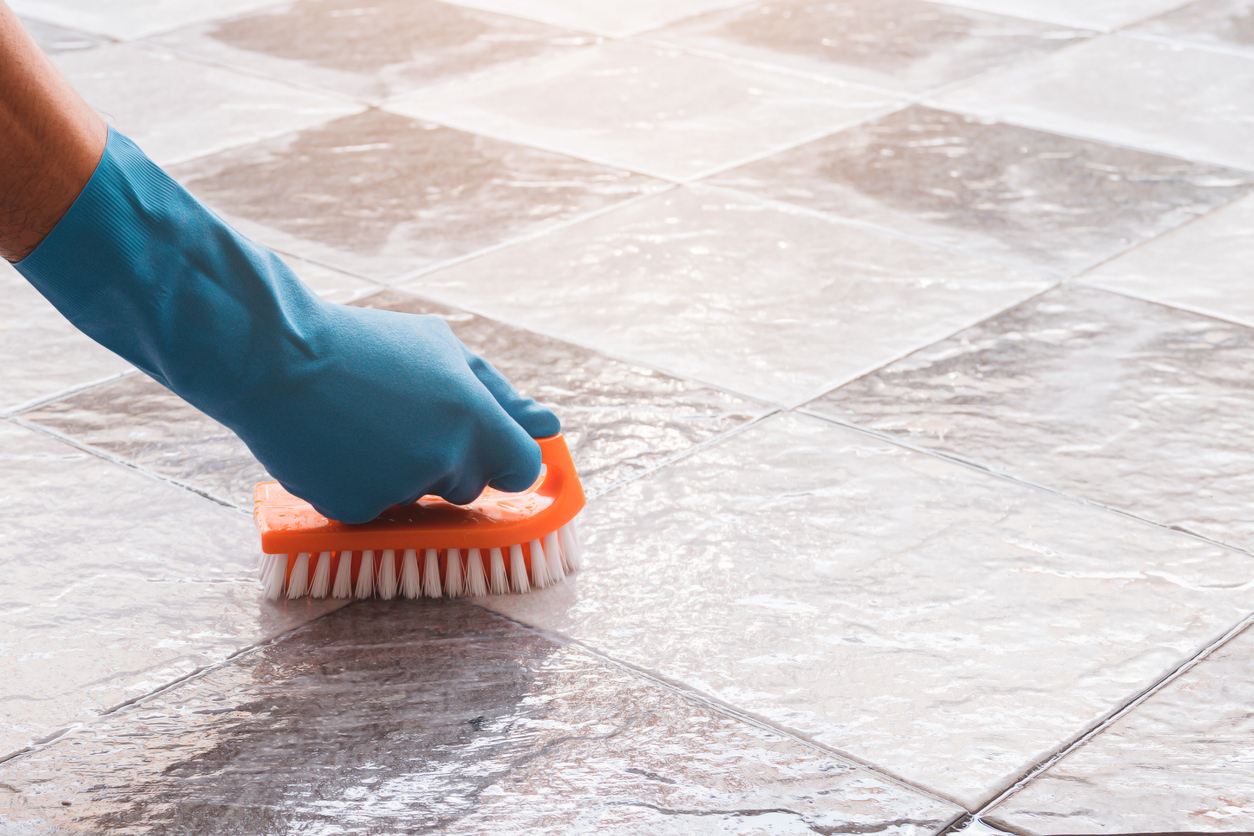
A: Since grout is typically light-colored and porous, it is prone to staining and discoloration. Regular cleaning can help. Here are some simple and nontoxic ways to clean grout:
- Scrub grout with warm water and a medium bristle brush.
- Spray the grout with equal parts vinegar and warm water, let it sit for 5 minutes, and then scrub it with a stiff brush. Avoid vinegar with unsealed grout.
- Apply a baking soda paste and then spray with vinegar. Once the mixture stops foaming, scrub with a brush, rinse, and wipe dry.
- To remove stains, pour on hydrogen peroxide or combine it with baking soda to make a cleaning paste.
Q: How should I clean my solar panels?

A: While rain will wash away most of the dirt from solar panels, grime can still build up over time, so regular maintenance is essential. Follow these steps:
- Always turn off a solar panel system before attempting to clean it.
- Dislodge dust, dirt, or leaves with a soft brush that won’t scratch the surface. Added tip: Avoid climbing on the roof by attaching it to a telescopic extension pole.
- Use a garden hose to rinse off the panels.
- Scrub any stuck dirt or debris with a soft brush and water.
- Use a gentle soap for stubborn spots.
- Use a squeegee or soft cloth to dry the panels to avoid streaking.
- Restart the system.
Learn more about cleaning solar panels with our guide.
Q: What’s the best way to clean my windows?

A: Clean windows can make a house look and function better. Start with these tips for cleaning outside windows:
- Rinse the windows with a garden hose.
- Fill a bucket with water and a few drops of liquid dish soap.
- For windows within reach, use a soft microfiber cloth, and for higher windows, use a sponge mop on a pole.
- Rinse off the soap with the hose.
- Spray or mop the windows with a water and vinegar solution or store-bought glass cleaner.
- Wipe the window dry using a clean, rubber-bladed squeegee.
- Don’t forget to clean the window screens, too.
Q: What’s a simple way to clean my oven racks?
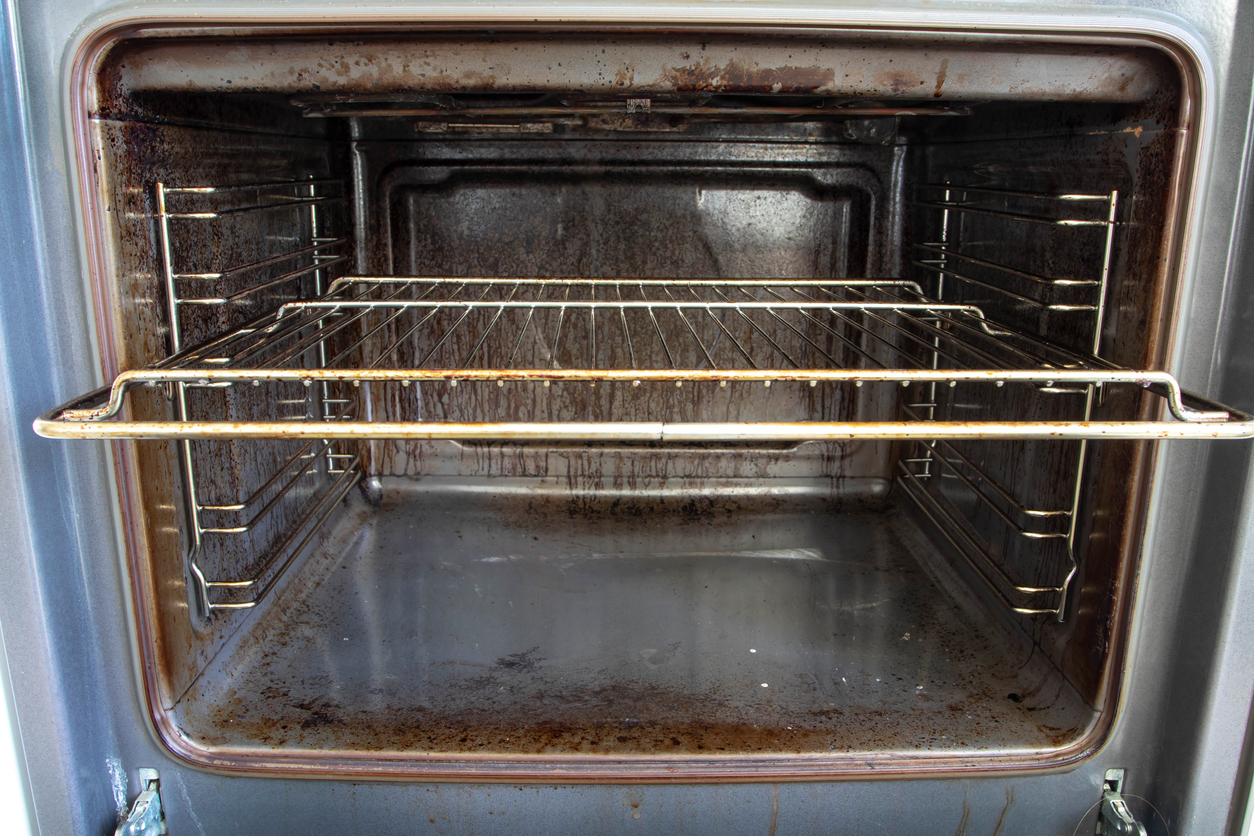
A: Frequent use makes it easy for grease, grime, and burnt bits to accumulate on oven racks. While the self-cleaning function can eliminate buildup on the walls, the high temps used with this setting can leave racks discolored or damaged, so it’s best to clean those separately. There are many ways to approach this, but this bathtub method is simple.
- Lay an old towel in the tub to avoid scratching.
- Add enough hot water to cover the racks, then add ½ cup of dish soap or ¾ cup of laundry detergent and let it sit overnight.
- In the morning, scrub the racks with a dish towel to remove stuck grime. Try cleaning stubborn spots by using an old toothbrush with a bit of salt on the bristles.
- Rinse racks and return them to the oven.
If this simple method doesn’t work, there are several other ways to clean oven racks.
Q: How can I make a homemade deck cleaner?
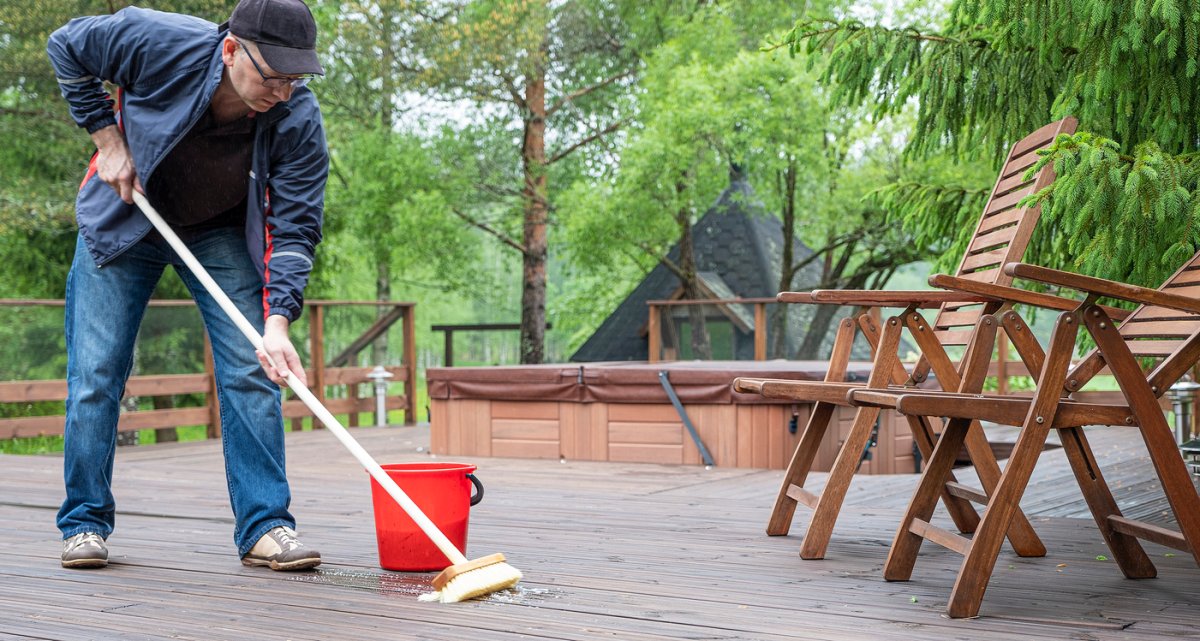
A: Between muddy shoes and outdoor dirt and debris, decks can get grimy fast. Use this recipe for a homemade deck cleaner:
- Start by applying gloves and goggles to protect your hands and eyes.
- Pour 2 gallons of warm water into a large plastic bucket.
- Add 2 cups of powdered oxygen bleach, such as OxiClean.
- Stir gently until the powder dissolves.
- Add ¼ cup liquid dish soap and stir.
Once the solution is ready, follow our step-by-step directions for cleaning a deck.
Q: How can I remove oil stains from clothing?
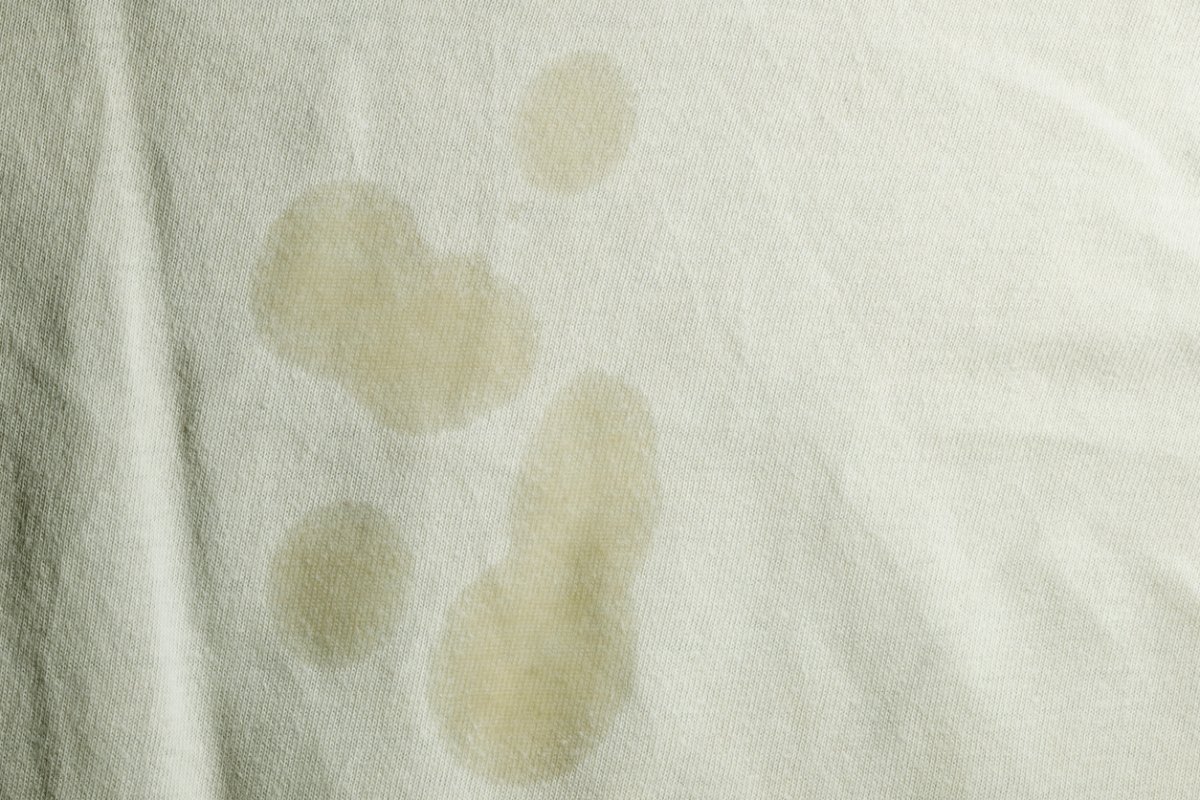
A: It has happened to everyone—a new shirt ruined by greasy pizza or cooking splatters. Before tossing that stained garment into the washer and dryer where the heat will make it much harder to remove, try these steps for removing oil from clothes:
- Act quickly and blot the stain with a dry paper towel or cloth inside and outside of the garment. Water won’t help here since the two don’t mix.
- Pre-treat the stain with standard dish soap by squeezing a few drops onto it and gently rubbing it in with a cloth or soft-bristled toothbrush.
- Let it sit for 5 minutes.
- Wash with an enzyme-based liquid detergent at the hottest temperature indicated safe by the clothing label.
Q: What’s the best way to clean a dryer vent?
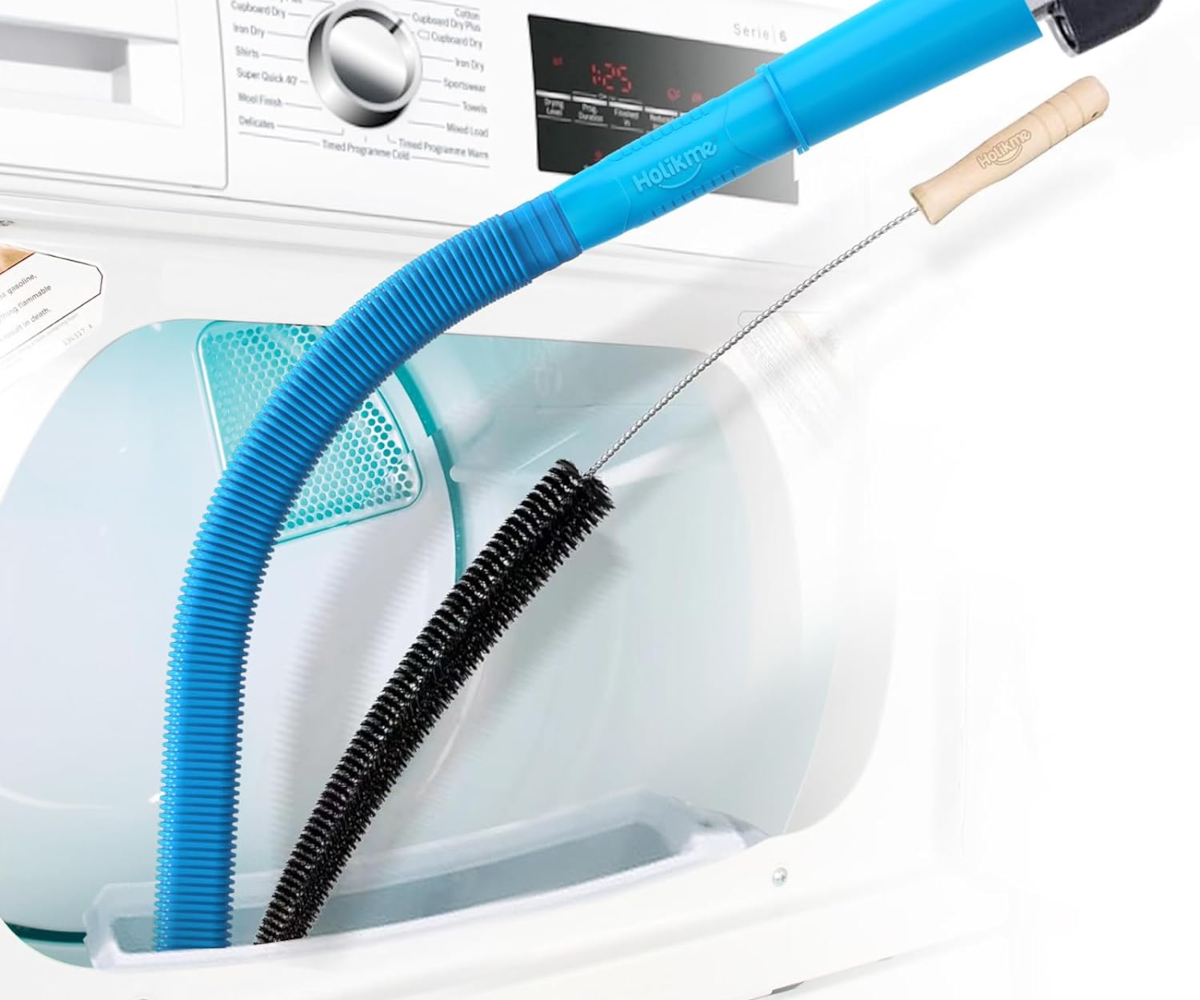
A: A clogged dryer vent will not only lower the dryer’s efficiency and get lint on clothing, but it will also pose a fire hazard. Follow these steps to clear and clean it out:
- Unplug the dryer.
- Detach the dryer vent hose.
- Clean the hose and vent openings with a dryer vent cleaning brush or vacuum hose.
- Discard the debris.
- Clean the exterior vent cover, wiping away dust and debris with a microfiber cloth.
- Reattach the vent and plug in the dryer, and run it on air dry for 20 minutes.
For more details on these steps, maintenance, and safety precautions, follow our guide to learn how to clean a dryer vent.
Q: How can I get rid of ants in my kitchen?
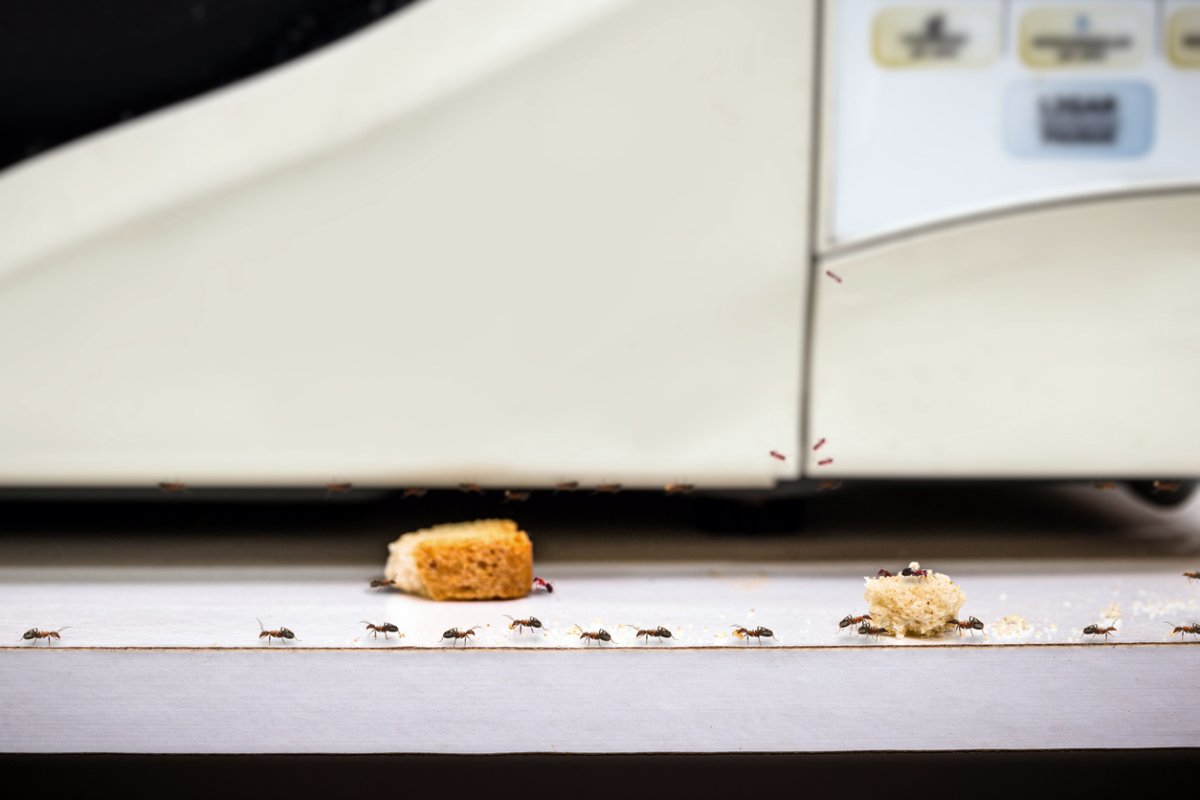
A: Ants rarely travel alone, so getting rid of these tiny insects can feel impossible. Try these steps to banish them for good:
- Observe the ants and find their entry point, checking for cracks at the bottom of the wall or along the window sills.
- Track the ants to see if you can locate the nest, which may be outside the house.
- Destroy the nest using either pepper, vinegar, or food-grade diatomaceous earth.
- Apply a new layer of diatomaceous earth each day until the infestation clears.
Getting rid of ants in a kitchen can be more involved, depending on the severity of the infestation. Consult our guide on getting rid of ants and consider hiring a professional.
Q: How do I make homemade nontoxic mosquito repellent?
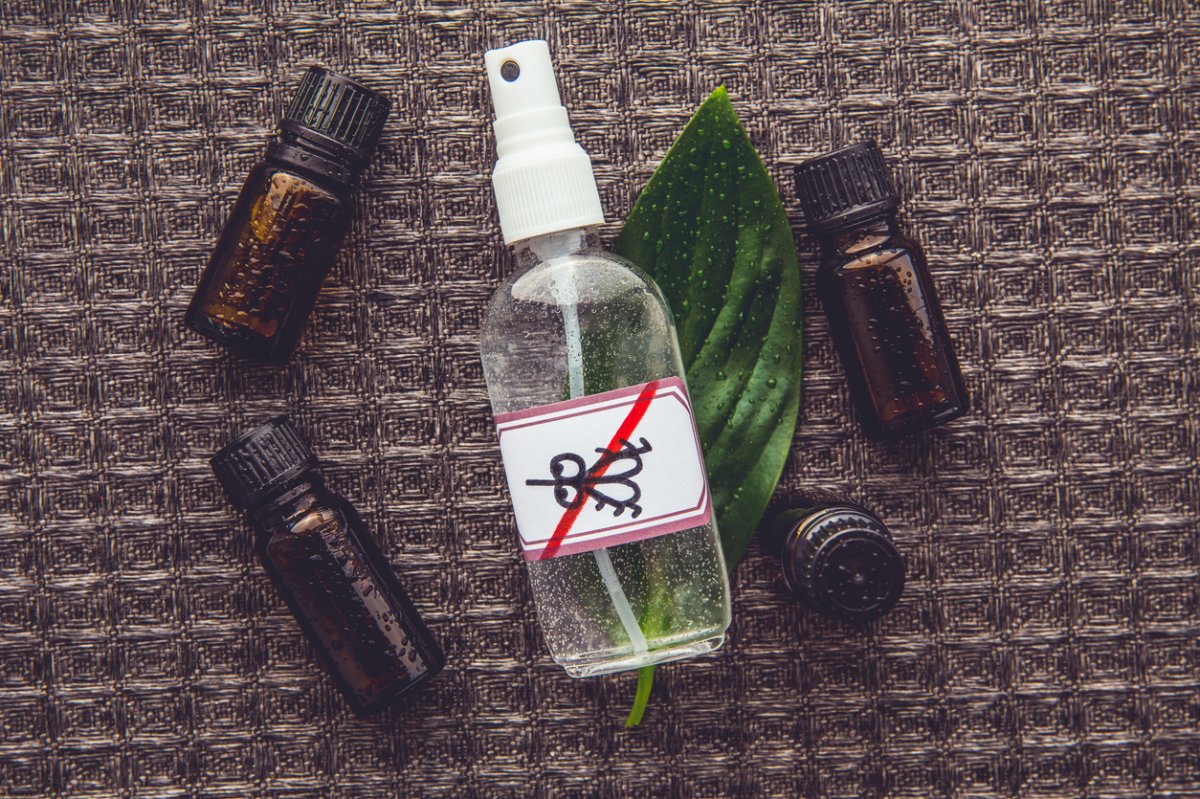
A: While homemade mosquito repellants aren’t generally as effective as store-bought alternatives, they may be preferable to those who want to avoid strong chemicals. Essential oils, such as citronella, lavender, and lemongrass, can be blended with a base, such as apple cider or witch hazel, to create a natural deterrent. Try this simple apple cider vinegar recipe to repel mosquitoes:
- Blend ¼ cup apple cider vinegar and ¼ cup of water into a spray bottle.
- Add 40 drops of the chosen essential oil.
- Shake and spray.
There are a few other ways to make nontoxic mosquito repellent at home if this one doesn’t work for you.
Q: Why is my pool water cloudy, and what can I do about it?
A: Cloudy pool water is often the result of either poor filtration, chemical imbalances, or environmental factors like nearby construction, trees, or wildlife. Follow these steps to figure out the culprit and fix it:
- Use a pool test kit to check the pool water for chlorine and pH levels.
- Address chemical imbalances by adding or diluting the pool water.
- If the chemicals are at optimum levels, check the pool’s mechanical parts.
- Explore the surrounding area for environmental pollutants such as storm debris.
- Use a clarifier to get rid of the cloudiness.
This issue can be tricky, so check out our detailed tutorial to diagnose and fix a pool with cloudy water.
Q: How can I test the air quality in my home?
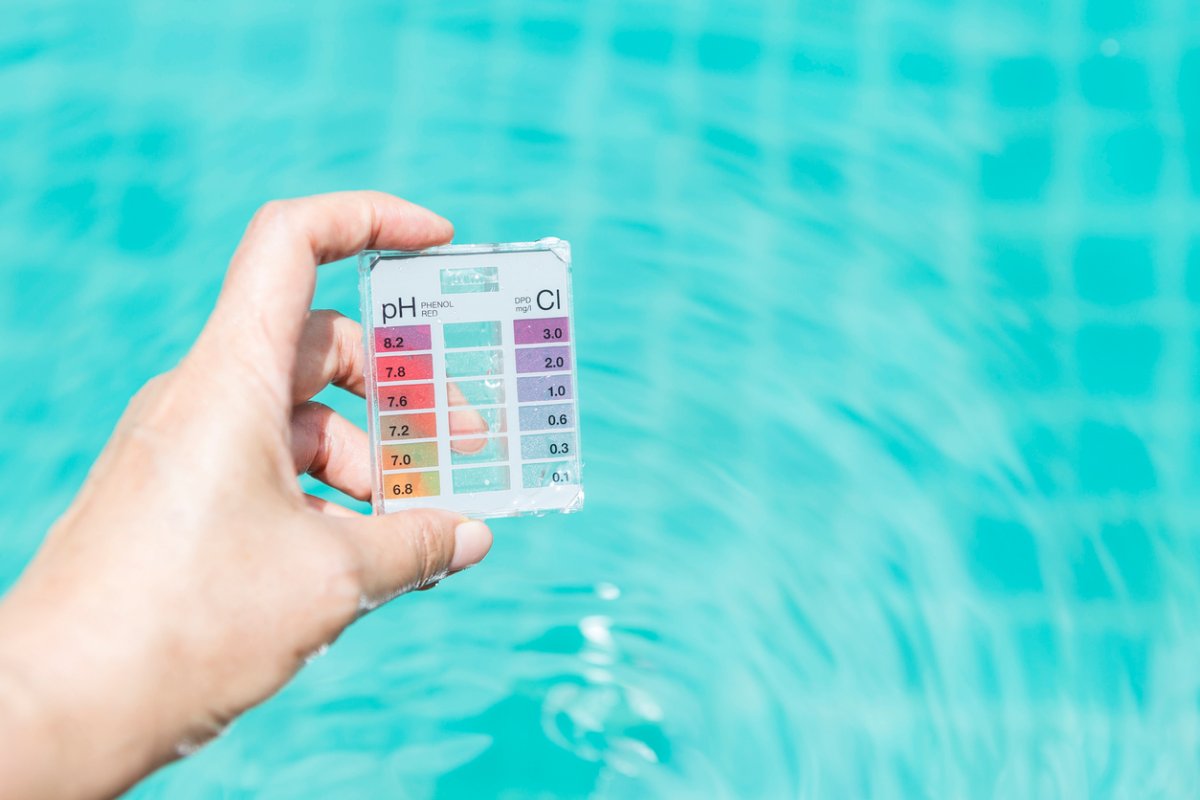
A: Household pollutants and allergens can affect indoor air quality and cause health problems if unremedied. One simple way to get started is by setting up an indoor air quality monitor, which uses electrochemical sensors to detect toxins, particulates, and/or volatile organic compounds (VOCs). Those living in an older home may choose a sensor that detects radon and carbon monoxide. Further air quality testing might include mold, radon, and additional carbon monoxide tests.
Q: How should I clean moldy clothes?
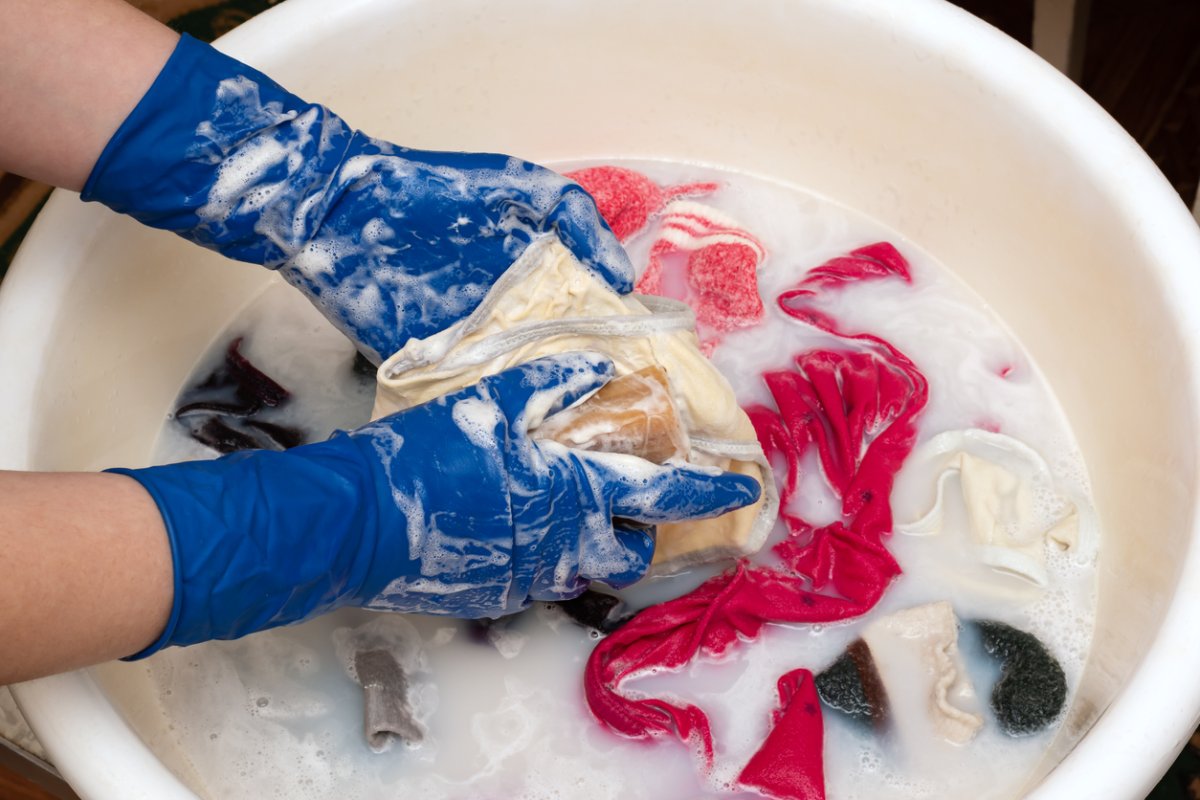
A: Damp clothes left to sit in a hamper or washing machine can quickly grow mold and mildew. Follow these steps to get them clean and smelling fresh once again:
- Put on a mask and cleaning gloves.
- Soak the clothing in a mixture of water and either ½ cup of Borax or 1 cup of white vinegar and allow it to sit for an hour.
- Use a scrub brush to scrub out moldy spots.
- Put the clothes in the washer with Borax or white vinegar and ½ tablespoon of baking powder.
- Dry the clothing, ideally in direct sunlight.
See our full guide on how to clean moldy clothes for more details.
